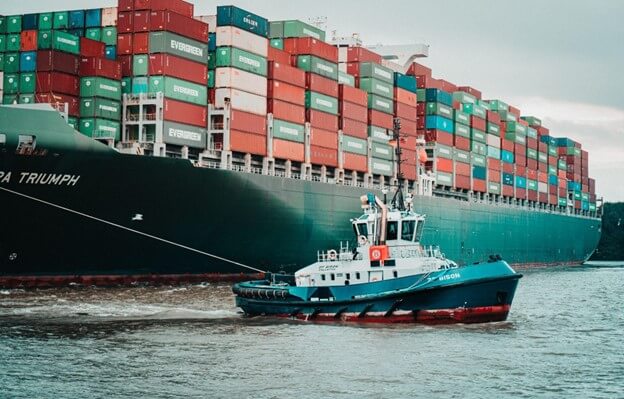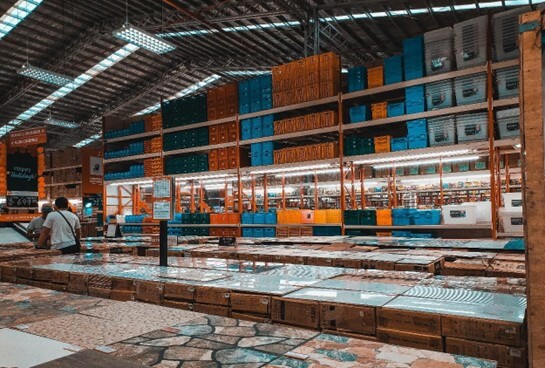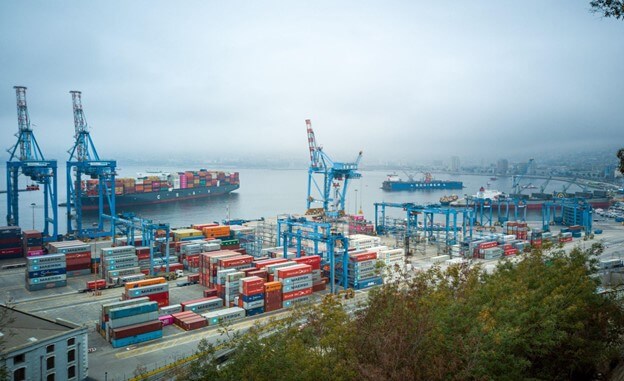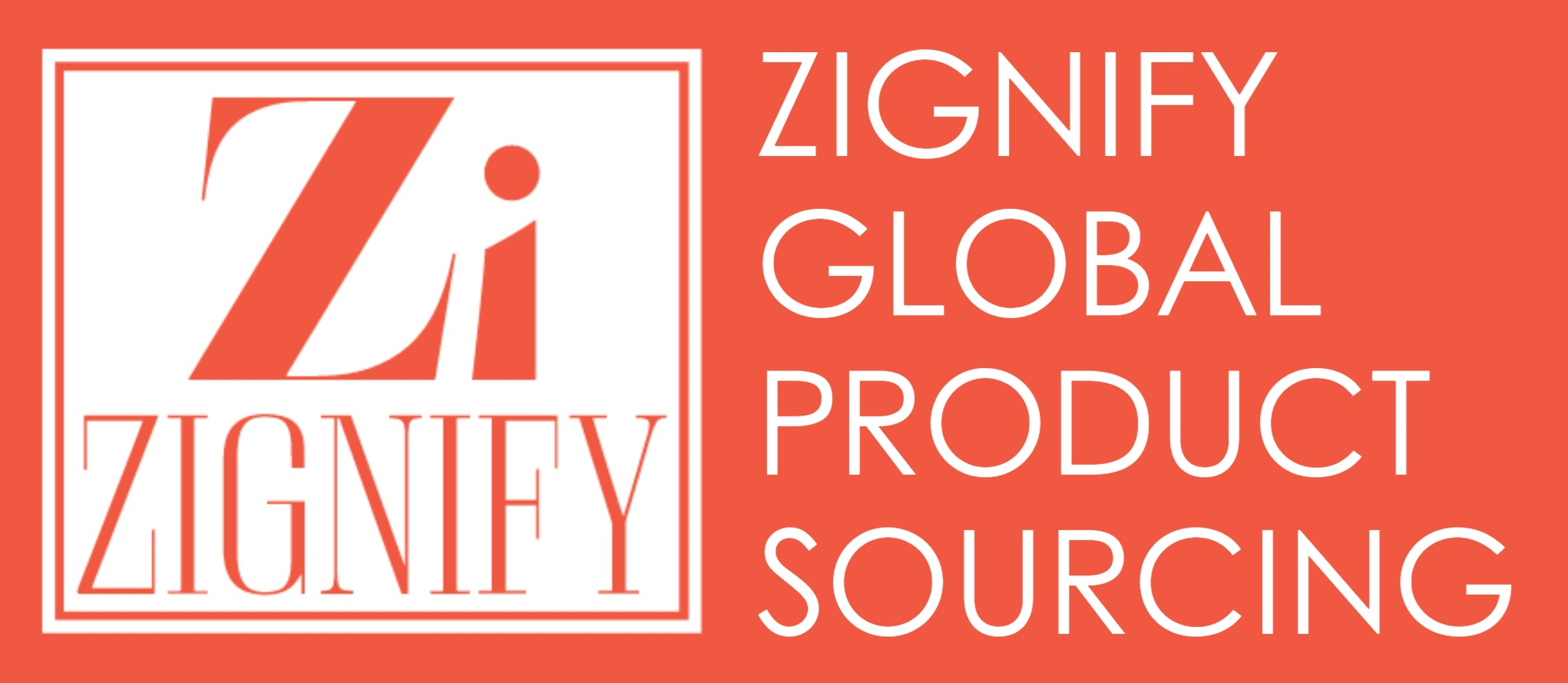
Steps towards securing your supply chain are critical at every stage of the supply chain.
Setbacks in your supply chain are to be expected, especially in global sourcing, because the process is long but systematic. Here, we provide you with the appropriate strategies you can employ to secure your supply chain.
Supply chains have been highlighted as one of the primary weak areas in organizational security during the last few years, giving an unintentional back door into the private data and activities of unknowing firms.
Since disruption occur, successful supply chain companies use improved risk management techniques. They contain a framework for monitoring key risk indicators continually and for creating scenarios for predictable and controllable uncertainties including compliance, labour, material and financial issues.
For the sake of your business survival, it is wise to regain control of your supply chain by taking the necessary actions to evaluate, safeguard, and monitor your supply chain. The information in this article will assist you in comprehending the flexible role security must play in your supply chain and in modifying your current procedures to reduce risk in the future.
Why you should leverage on creating a vulnerability management program
In vulnerability management, threat actors, both domestically and internationally, release threats daily with the aim of weakening your network and software systems. For instance, the operating systems that power your laptops, smartphones, and workstation computers are typically bought vulnerable.
Technology becomes outdated more quickly than ever thanks to developments and new product models, and operating system software is updated frequently. Threat actors now specifically target unpatched systems and bad network designs due to the abundance of vulnerabilities.
Organizations could face calamity if they are ill-equipped to handle this expanding issue. The absence of an efficient vulnerability management program is one of the main issues facing enterprises today. Your network is vulnerable to new threats and assaults without one. Therefore, employing an effective vulnerability management program is important in securing your supply chain
Establish a strong supply chain monitoring procedure that protects your entire ecosystem, not just the environment
Supply chains are becoming more global and dispersed, and supply chain management is becoming more difficult. The traditional supply chain employs a linear and reactive risk management strategy, and its operation is reliant on a set of predetermined workflows.
Previously, rather than real-time circumstances, the chain was governed by transactions from older systems, and visibility within a traditional supply chain was constrained by a lack of interaction between the many systems that made up the chain.
Seek to enhance supply chain visibility

Through data collection, information can be useful, and a deeper understanding of every link in your supply chain can warn you of problems before they arise. You can choose partners more effectively if you have more knowledge about your supplier’s financial soundness. In order to lower the external business risk associated with interacting with third-party vendors, some of the largest credit rating organizations provide predicted financial stability information on thousands of potential suppliers.
Your present vendors won’t benefit from this, but it can help you establish more reliable business relationships and reduce supply chain risk. In order to notify your consumers about delivery timelines and take action sooner to avoid costly delays and disappointed customers, look into technologies that will offer you a better knowledge of your items and shipments.
Follow through for the proper metrics for freight carriers
After sourcing retailers rely on merchandise arriving at the correct location at the right time in order to create selling windows, while manufacturers need to deliver goods to customers reliably in order to establish their reputation. It’s crucial that you work with a freight carrier that can provide reliable results no matter where you are in the supply chain.
Unfortunately, not all carriers are up to the task, and even one late delivery can ruin your supply chain as a whole. Take into account the following KPIs to support supply chain risk management while assessing potential new freight carriers or even when reevaluating your present freight carrier. Look into the major segments such as the transit time, average loading time, route optimization, and, most importantly, the maintenance schedule.
Conduct and implement a risk awareness training
Regardless of their educational or professional background, every new employee has a distinct idea of what constitutes an acceptable risk. To ensure that all new recruits receive basic risk management training, risk managers must collaborate with the human resources department or any other business unit in charge of training.
The risk management induction should cover the fundamentals of supply chain management in the face of uncertainty and important risk management roles and obligations.
Conclusion

Supply chain security is crucial. The management of your most valuable information and data protection extends and depends on who you work with, how tightly you secure your portals, and how you manage your risk, and organizations need to grasp this.
You merely need to adopt a new role in a growing supply chain and include this into your entire risk management plan if you want to secure your firm and manage this risk. Consider security as a vital component that infuses every aspect of your process rather than just a discrete protocol.
As a result, it will be simpler to identify and eliminate hazards because you will be able to regularly assess and monitor your risk.
